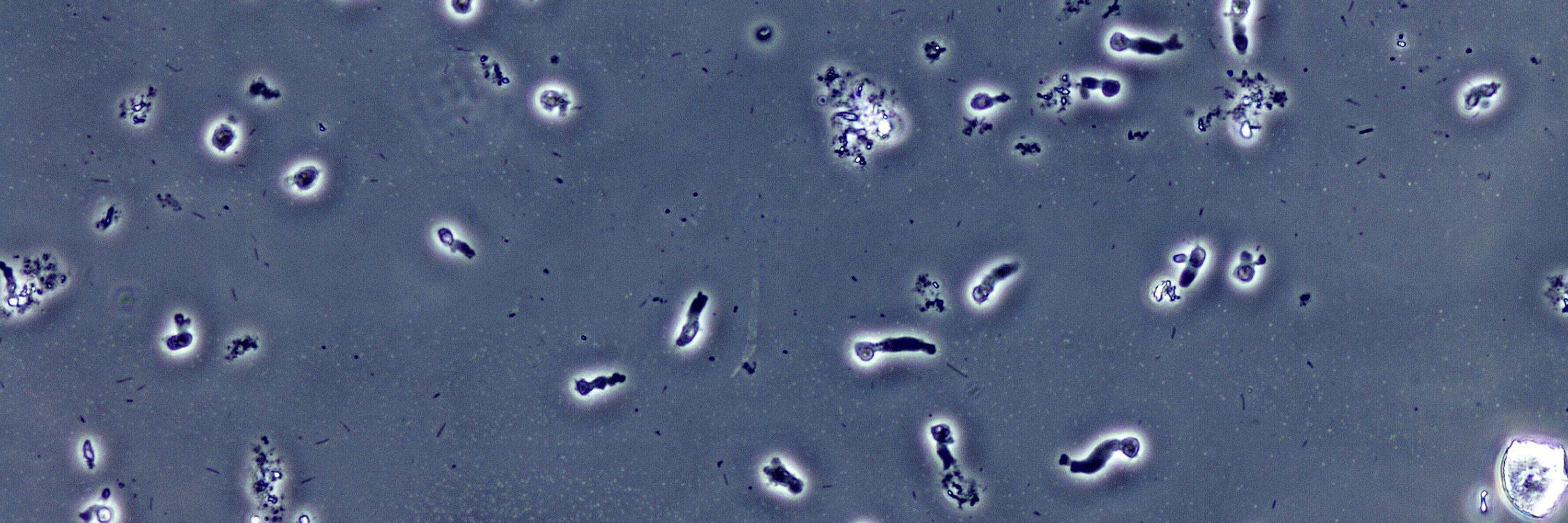
protists, extremophiles, & science art | she/her | 🔬🏳️🌈



@lauraakatz.bsky.social and Godwin Ani at Smith for phylogenomics
@lauraakatz.bsky.social and Godwin Ani at Smith for phylogenomics
@fmikus.bsky.social @dudinlab.bsky.social at Geneva and @gautamdey.bsky.social at EMBL for beautiful U-ExM
@fmikus.bsky.social @dudinlab.bsky.social at Geneva and @gautamdey.bsky.social at EMBL for beautiful U-ExM
@mullinslab.bsky.social at UCSF with Natalie Petek, @samjlord.bsky.social, and @skruberk.bsky.social now at Gonzaga with Ethan MacVicar for microscopy & motility analyses
@mullinslab.bsky.social at UCSF with Natalie Petek, @samjlord.bsky.social, and @skruberk.bsky.social now at Gonzaga with Ethan MacVicar for microscopy & motility analyses
🌋🦠

🌋🦠




🌋🦠

🌋🦠






